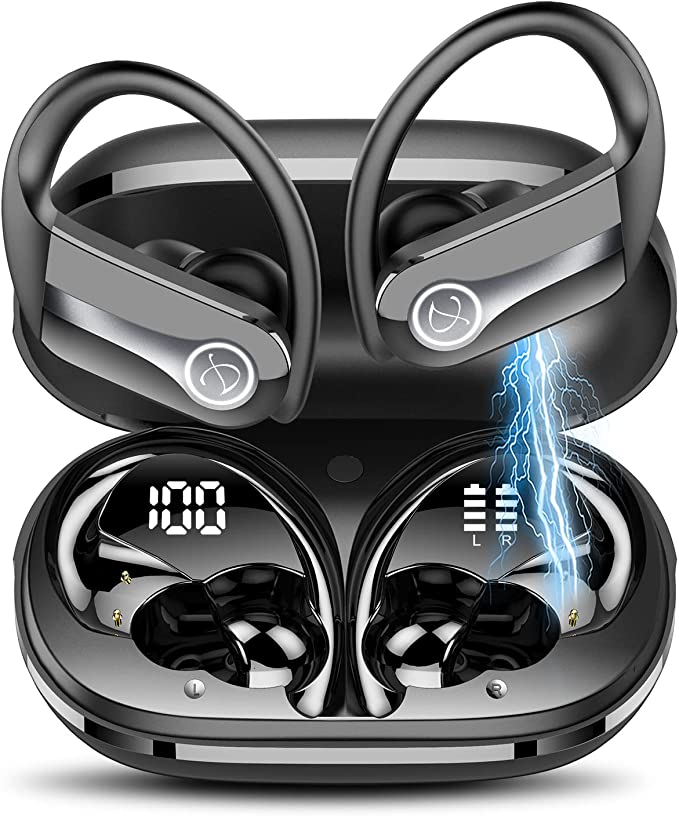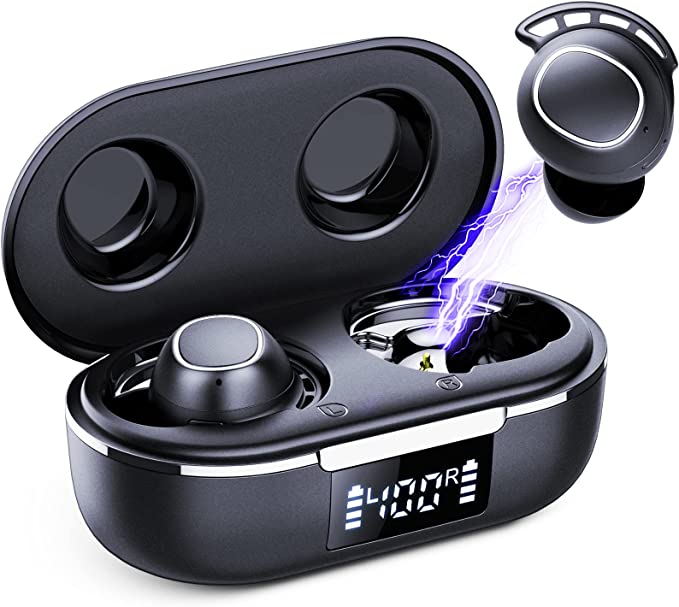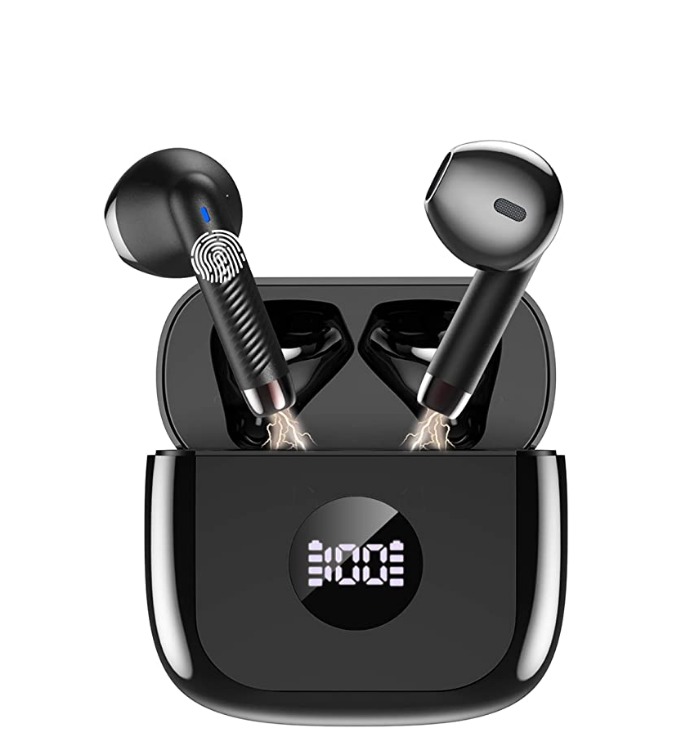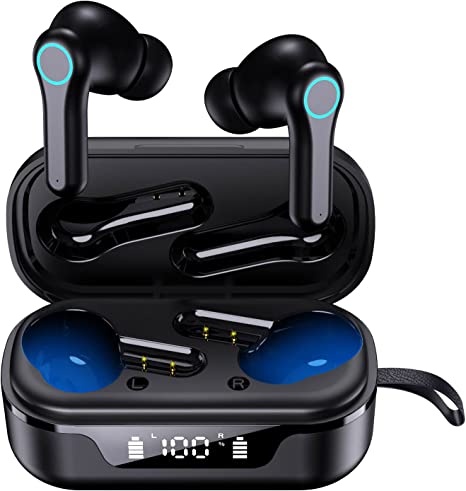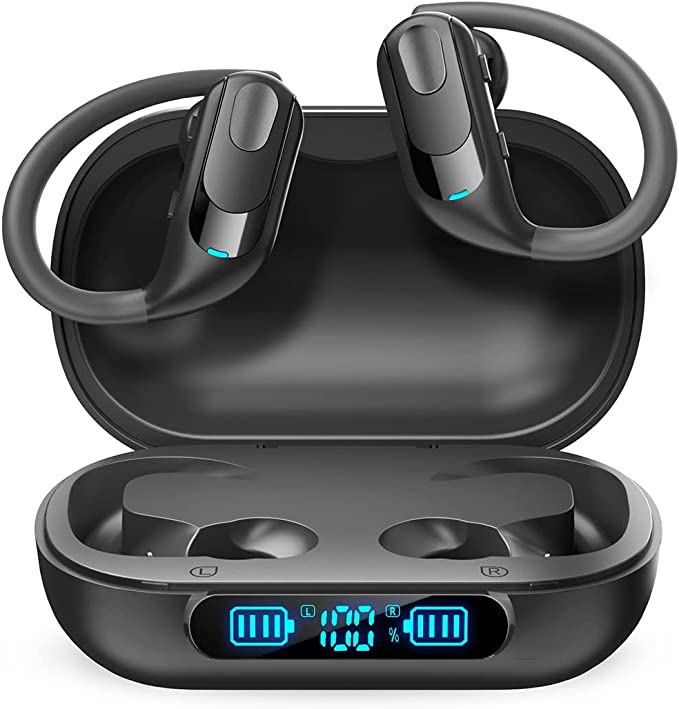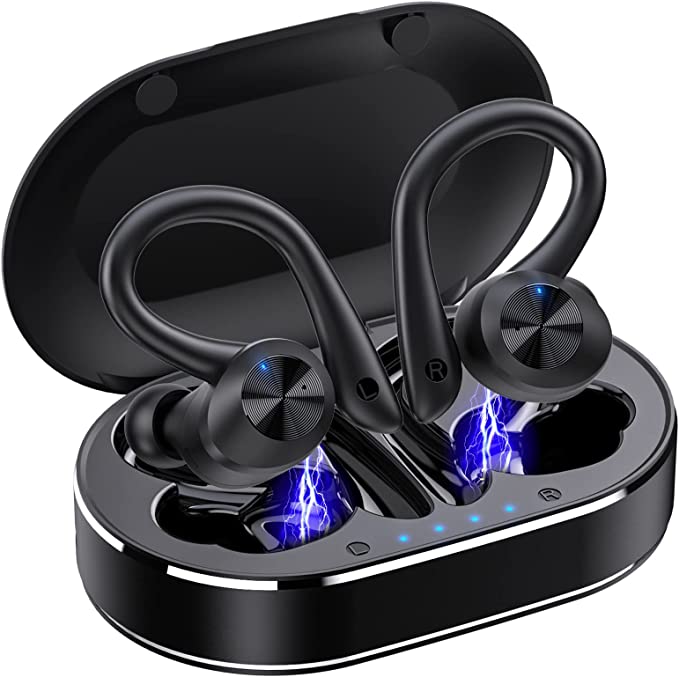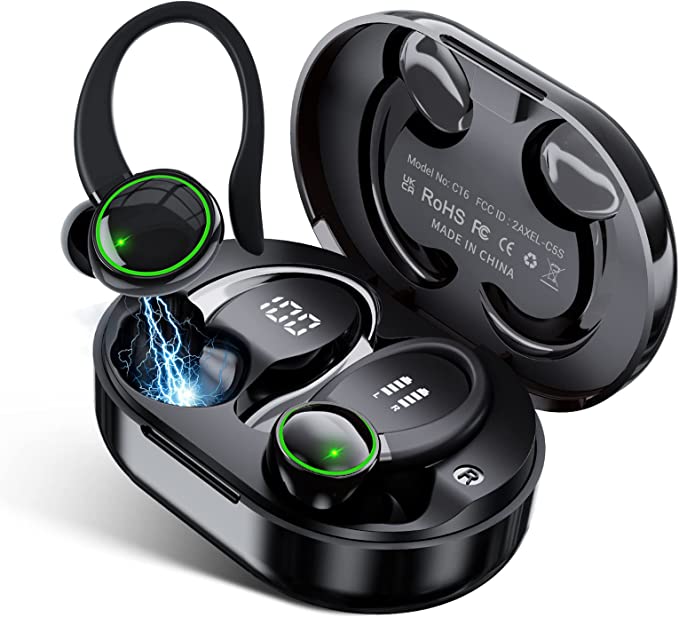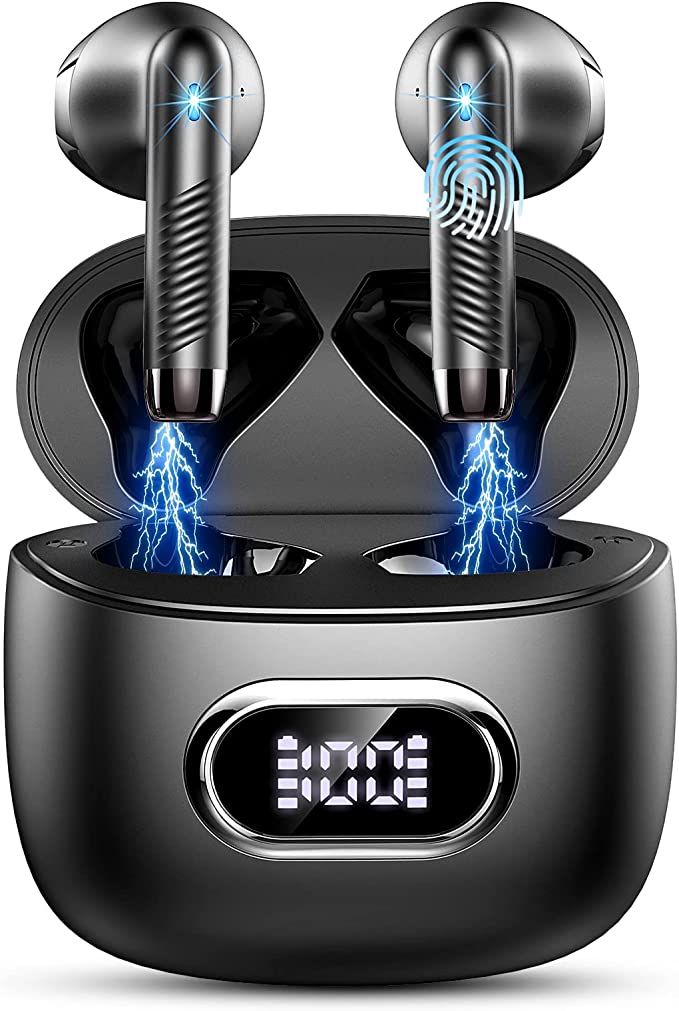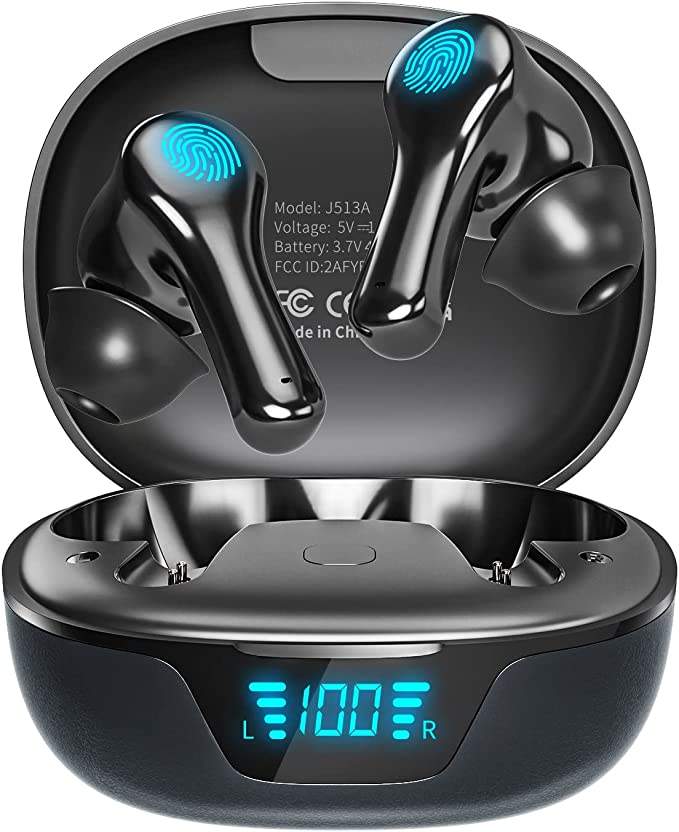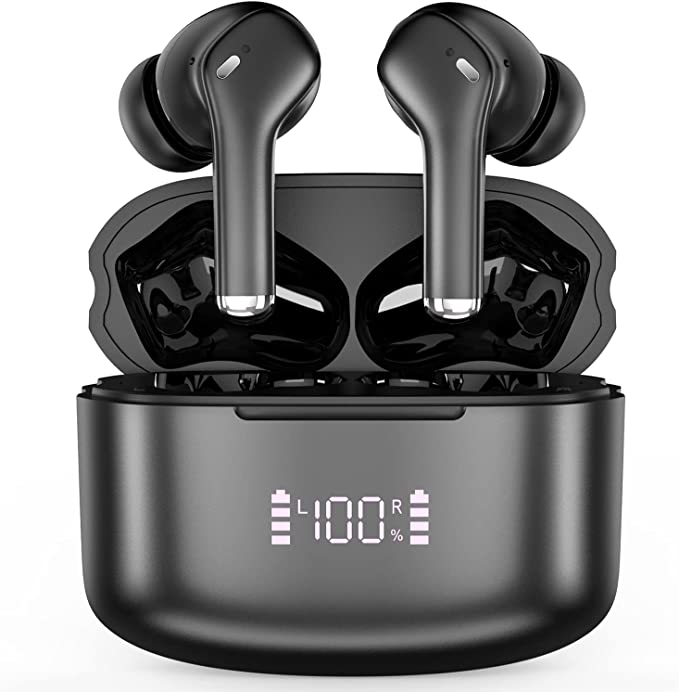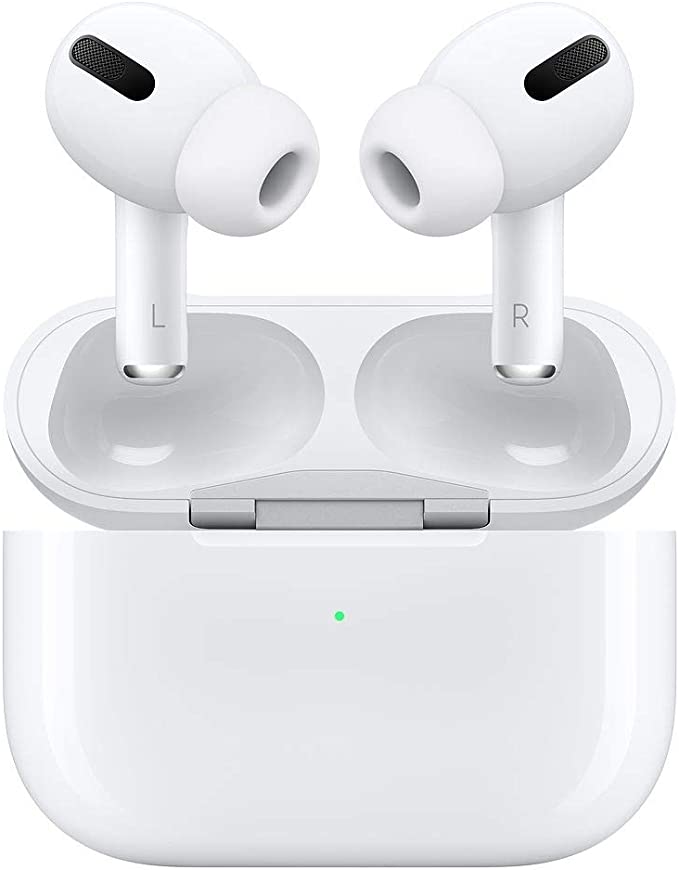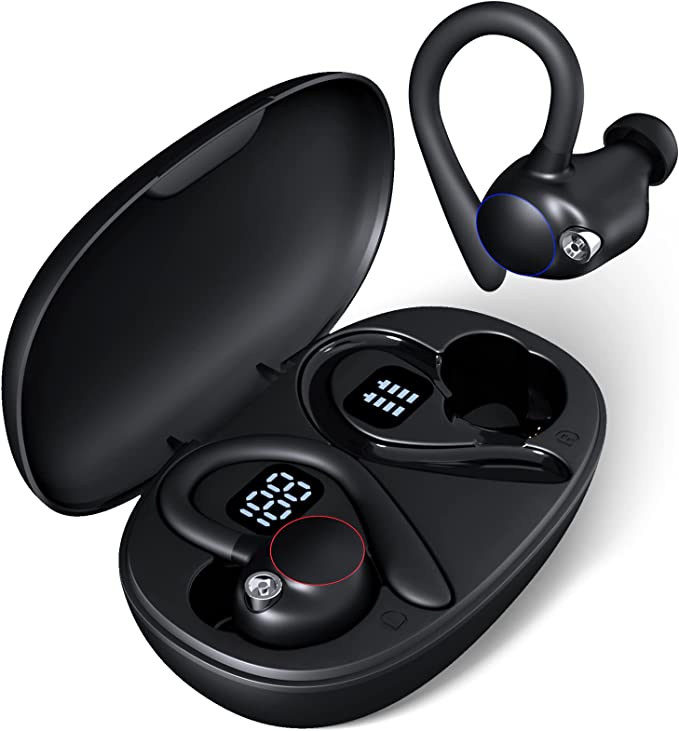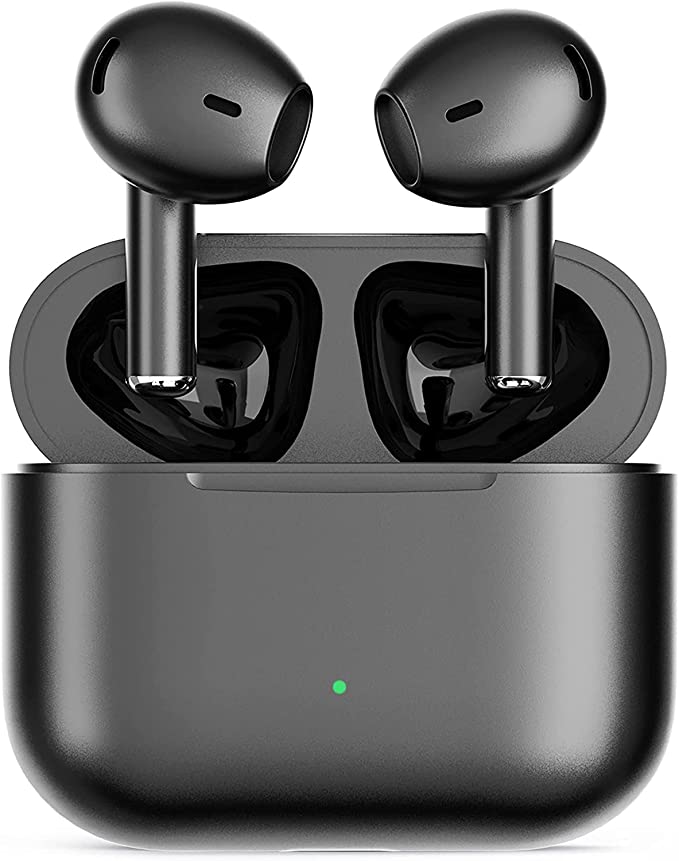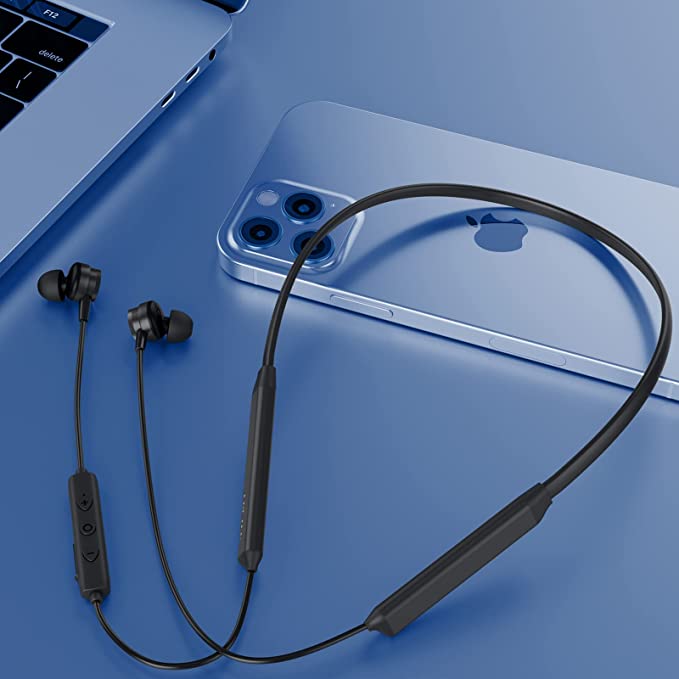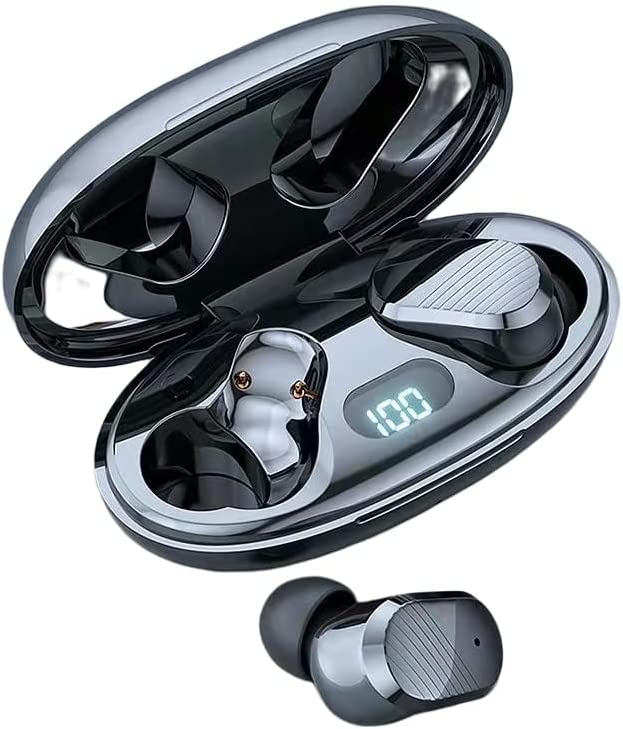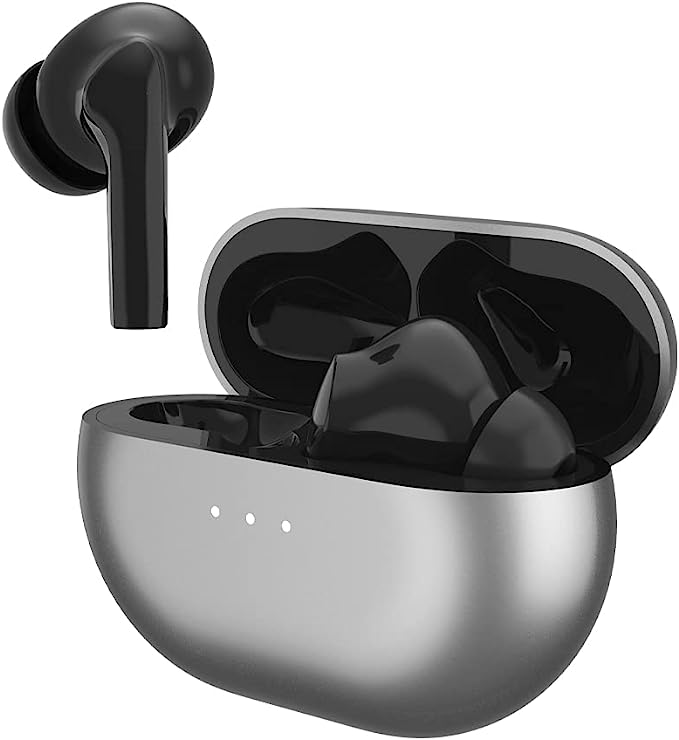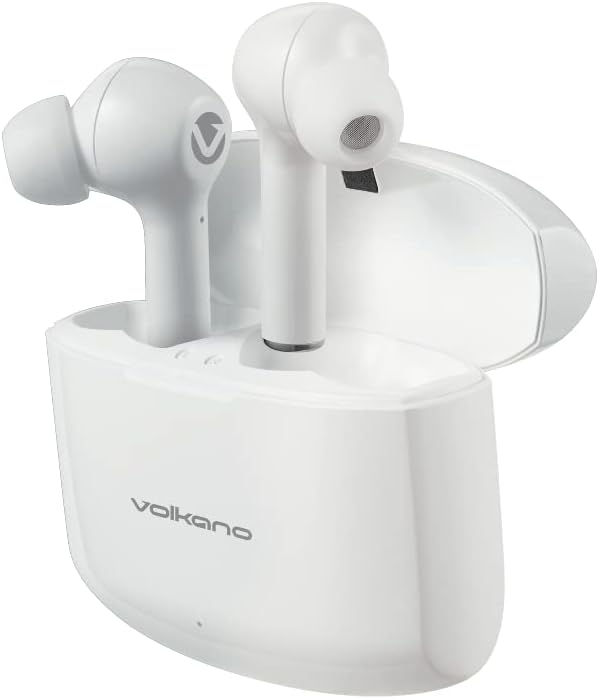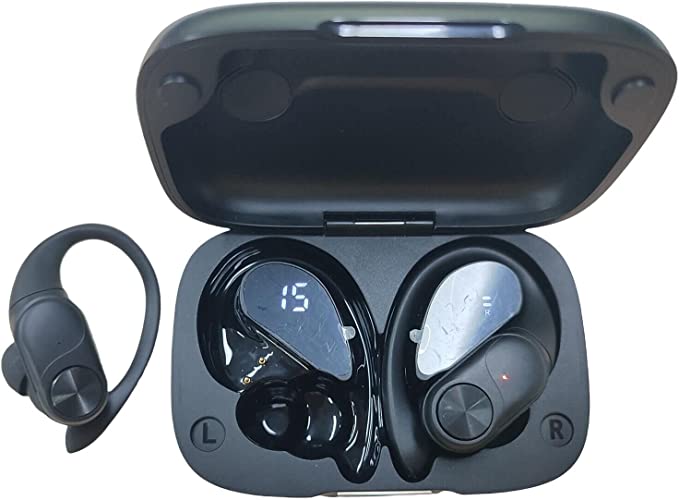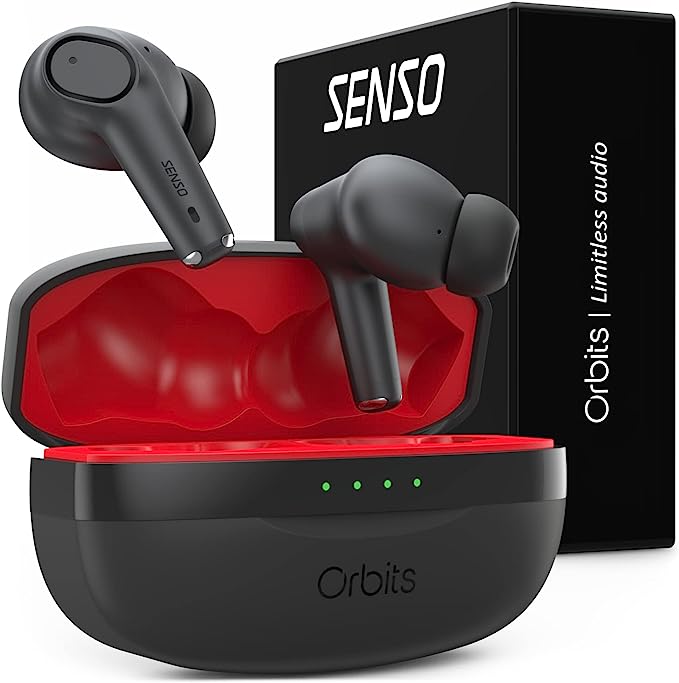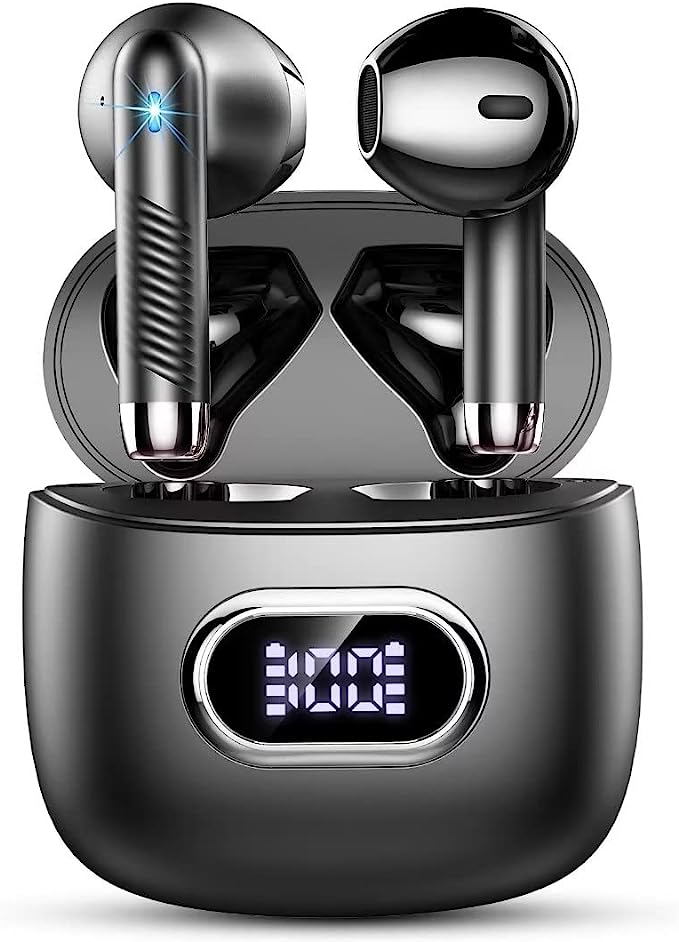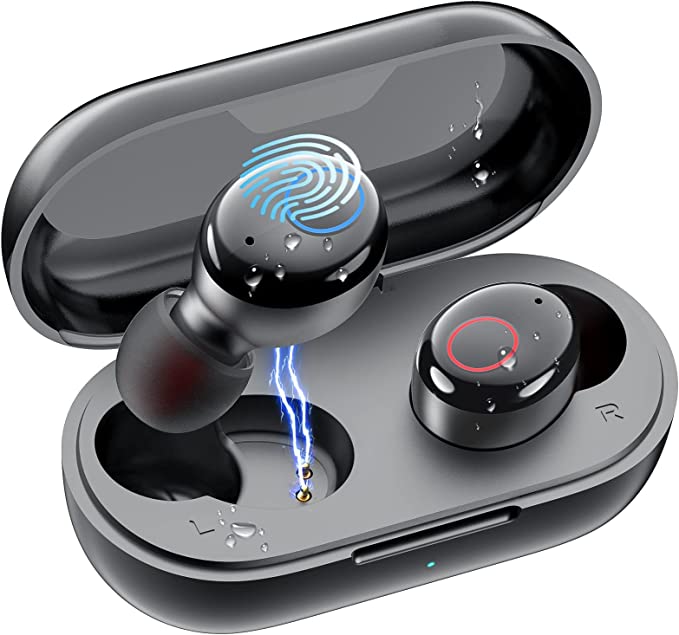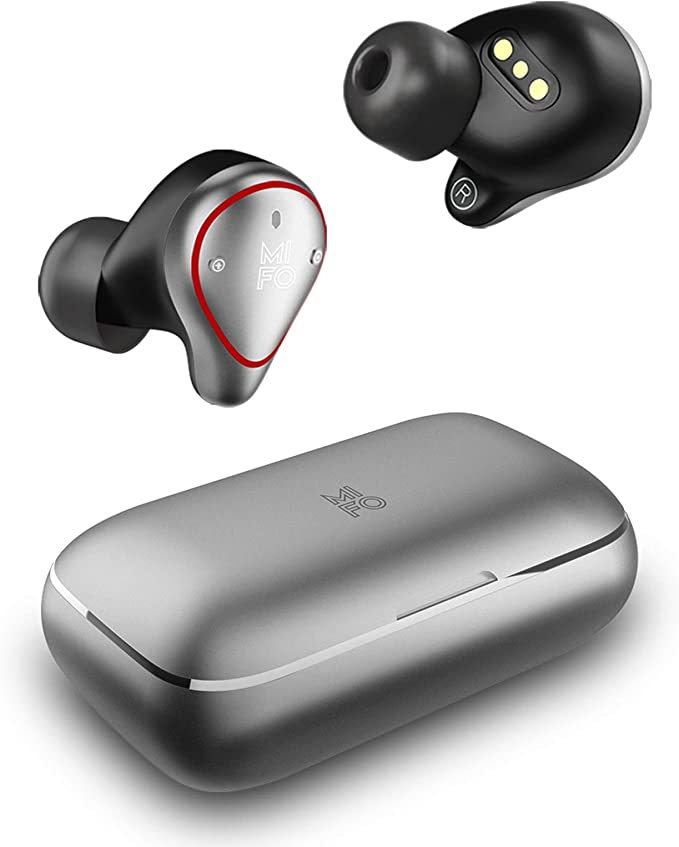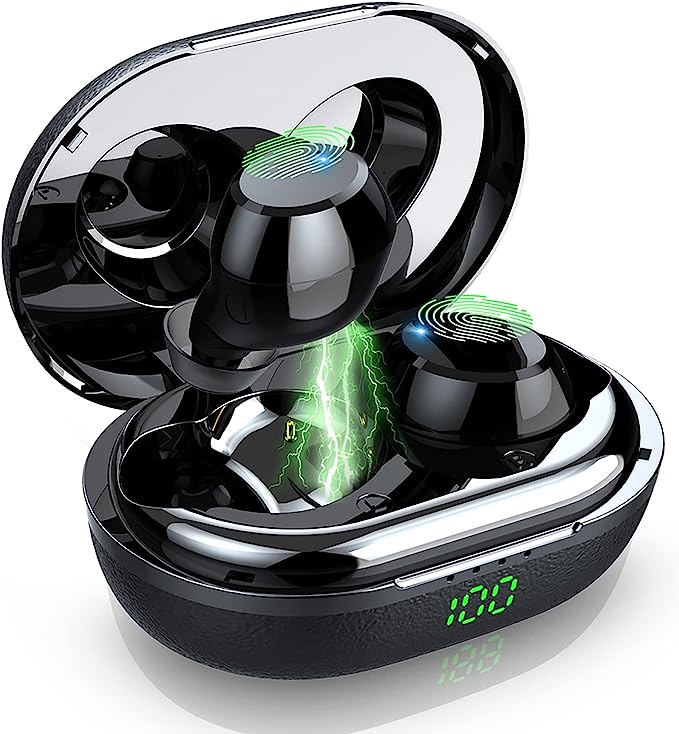Ordtop i21L-2023 NEW Wireless Earbuds: Impressive Audio Quality and Features for an Affordable Price
Update on July 2, 2025, 9:02 a.m.
It reads like a minor tech tragedy. A user, tired after a long day, tosses a pair of jeans into the wash, forgetting the small, black case nestled in the pocket. For forty minutes, a pair of Ordtop i21L-2023 wireless earbuds are subjected to a churning vortex of water, detergent, and tumbling fabric. Most would write them off as a loss, a small sacrifice to the laundry gods. But then, the improbable happened. After being discovered, dried, and charged, they worked. Perfectly.
This isn’t just a lucky fluke; it’s an engineering mystery begging to be unraveled. How can a piece of consumer electronics, priced at a point where “disposable” feels like a plausible feature, withstand such a trial? The answer lies not in magic, but in a series of deliberate, often invisible, scientific principles and engineering choices that are quietly democratizing reliability. Let’s put on our proverbial lab coats and investigate.

The Science of Staying Dry: A Deep Dive into the IP7 Fortress
The first clue in solving our laundry mystery lies in four characters printed in the specifications: IP7. This isn’t marketing jargon. It’s a precise standard defined by the International Electrotechnical Commission (IEC) under code 60529. “IP” stands for Ingress Protection, and while the first digit relates to dust, the second digit—in this case, a “7”—is all about water.
Think of it this way: a rating of IPX4, common on many lifestyle earbuds, means the device can handle splashes from any direction. It’s like wearing a light raincoat. An IP7 rating, however, is like owning a submarine. It certifies that the device can be fully submerged in up to one meter of fresh water for thirty minutes without intrusion.
To achieve this, engineers build a miniature fortress. The earbud’s plastic shell isn’t simply snapped together; it’s often ultrasonically welded, fusing the seams into a single, solid piece. Every potential entry point—the charging contacts, the microphone ports, the seam where the ear tip attaches—is protected. This is done with custom-molded silicone gaskets and seals, compressed precisely during assembly to create a watertight barrier. Some manufacturers even apply an invisible, hydrophobic nano-coating to the internal components as a final line of defense. So, when our heroic earbuds faced the washing machine, they weren’t just getting wet; their internal fortress was withstanding a prolonged siege, and its defenses held. For the everyday user, this translates to absolute peace of mind during a sweaty gym session or a sudden downpour on a run.

The Unbreakable Thread: Forging a Stable Connection in a Chaotic World
A waterproof brick is still a brick. A resilient exterior is meaningless without an equally robust internal connection. Here, we turn our attention to the unsung hero of our wireless world: Bluetooth 5.3.
The technology gets its name, rather poetically, from Harald “Bluetooth” Gormsson, a 10th-century Viking king famed for uniting the disparate tribes of Denmark and Norway. In the same spirit, Bluetooth technology was designed to unite different devices. The 5.3 iteration is a testament to decades of refinement.
Imagine your audio data traveling from your phone to your earbuds. Early Bluetooth was like a winding, single-lane country road—prone to congestion (interference from other devices, Wi-Fi signals, even your own body) and slow speeds. Bluetooth 5.3 is the equivalent of a modern, multi-lane superhighway. It features improved channel classification, allowing it to intelligently identify and avoid “congested” channels, hopping to a clearer one in milliseconds. This dramatically reduces the frustrating skips and stutters you might experience in a crowded gym or busy train station. It’s also vastly more energy-efficient, sipping power from the battery rather than gulping it, which is a key reason why these tiny devices can offer up to 8 hours of continuous playback.
This standard also governs protocols like A2DP (Advanced Audio Distribution Profile), the specific “lane” on the highway dedicated to high-quality stereo audio streaming. When the Ordtop i21L connects instantly and holds that connection steadfastly, it’s the legacy of that old Viking king at work, forging an unbreakable, invisible thread through the chaos of the modern world.

The Heartbeat of a Song: Why Size Matters in the Engine Room of Sound
Now that our signal has arrived safely and dryly, it needs to be turned into sound. This is the job of the 14.2mm dynamic driver, the literal heart of the earbud. In the world of audio, a dynamic driver is a marvel of elegant simplicity. It works on the same principle as a massive concert speaker: a voice coil attached to a diaphragm (a cone-shaped membrane) is placed in a magnetic field. When an electrical audio signal passes through the coil, it creates an electromagnetic field that interacts with the permanent magnet, causing the diaphragm to vibrate rapidly. These vibrations create pressure waves in the air—the very sound we hear.

Here, size is not a vanity metric; it’s a matter of physics. A larger diaphragm, like the 14.2mm one found here, has more surface area. Compare it to the difference between a ukulele and a cello. The cello’s larger body and strings can move more air, producing a sound that is deeper, richer, and more resonant. Similarly, a larger driver can push more air, allowing it to reproduce low-frequency sounds (bass) with more authority and impact, without struggling or distorting. It creates a sound that you don’t just hear, but can almost feel—a full-bodied, satisfying audio experience that is often the first casualty in budget-oriented designs that opt for smaller, cheaper drivers.

A Whisper in a Storm: The Art of a Clear Conversation
There is one final piece to this puzzle, and it addresses one of the most common complaints about wireless earbuds: call quality. You might have great sound, but if the person on the other end can’t hear you over the café chatter, the technology has failed. This is where Clear Voice Capture (CVC) 8.0 comes into play.

It’s crucial to understand that CVC is not the same as Active Noise Cancellation (ANC). ANC is for your benefit; it creates anti-noise waves to cancel out ambient sound so you can enjoy your music in peace. CVC is for your listener’s benefit. It’s a sophisticated microphone technology. The earbuds use at least two microphones per side. One is aimed at your mouth to capture your voice, while the other is aimed outwards to capture the ambient noise. A processor then runs a complex algorithm to compare the two signals, identify what is voice and what is noise, and digitally subtract the noise from the transmission.
Think of it as a vigilant sound engineer inside your earbud, isolating your microphone channel and skillfully turning down the faders on all the background noise before sending the feed to your caller. It’s the reason you can have a coherent conversation while walking down a windy street—an underappreciated but vital feature in our hybrid-work, always-connected lives.

The Quiet Democratization of Reliability
As we conclude our investigation, the Ordtop i21L no longer seems like an anomaly. Its survival in the laundry wasn’t a miracle; it was the logical outcome of well-implemented, mature engineering. The IP7 fortress, the Bluetooth 5.3 superhighway, the large acoustic engine, and the intelligent CVC sound engineer—these aren’t groundbreaking, experimental technologies. They are proven, robust principles, now refined and affordable enough to be packed into a product accessible to almost everyone.

This is the quiet, ongoing story of consumer technology. It’s not always about the flashy, next-big-thing. More often, it’s about the democratization of reliability—the point where features once reserved for a premium price tag become the expected standard. These earbuds are a small but potent symbol of that trend. They prove that true value isn’t dictated by a brand name or a high price, but by the thoughtful application of science and engineering to solve real-world problems. Now that such resilience and performance are becoming the baseline, it leaves us with an exciting question: what should we, as users, begin to demand next?


